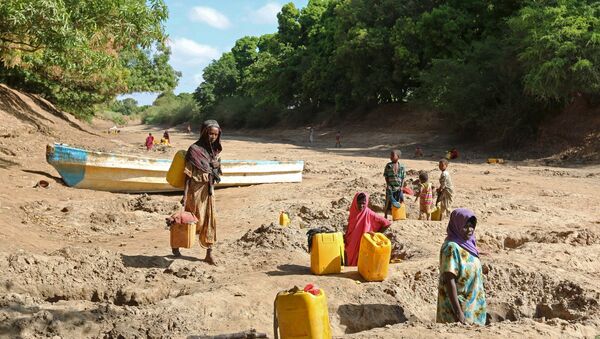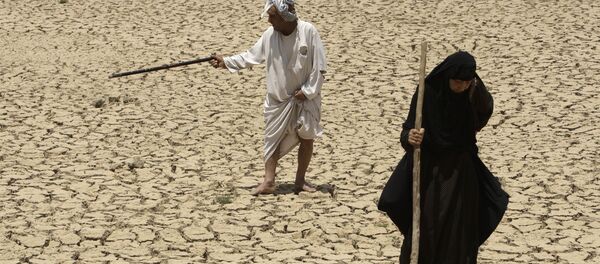The researchers looked at more than 1,400 planned water infrastructure projects across the world, such as dams or water diversion projects. Many of the works are planned for rivers which flow through multiple countries, and interference with the water supply could lead to conflict between neighbors.
The study, called "Assessment of transboundary river basins for potential hydro-political tensions," was commissioned by the UN's Transboundary Waters Assessment Program. Its authors hope that diplomats and political leaders will take on board its findings and work to reach international agreements on water infrastructure that would reduce the risk of conflict.
"If two countries have agreed on water flow and distribution when there’s a dam upstream, there usually is no conflict," Eric Sproles, a hydrologist at Oregon State University who co-authored the study, explained.
"Such is the case with the Columbia River basin between the United States and Canada, whose treaty is recognized as one of the most resilient and advanced agreements in the world."
"Unfortunately, that isn’t the case with many other river systems, where a variety of factors come into play, including strong nationalism, political contentiousness, and drought or shifting climate conditions."
For example, the Nile River flows through ten countries but there is no comprehensive international agreement between them to cooperate on water infrastructure. The researchers point out that Ethiopia is constructing several dams on tributaries of the Nile in its uplands, which will divert water from countries downstream, including Egypt.
The study found that other parts of Africa, Central America, the northern part of the South American continent, the southern Balkans, Southeast Asia and South Asia are also home to river basins with a potential for conflict over water resources, due to environmental political, and economic factors.
The unpredictability of weather conditions and the possibility of more droughts and floods could also put more pressure on water resources over the next decade and beyond, the authors warn.
According to climate models, the warming of the surrounding oceans will cause a sudden and substantial increase in Sahel rainfall. At the same time, winds from the Atlantic will become stronger and further import moisture to the region.
The researchers called on politicians to come up with measures to cope with the "huge adaptation challenge" that would accompany a wetter Sahel, where over 30 million people currently face food insecurity as a result of droughts and floods.




